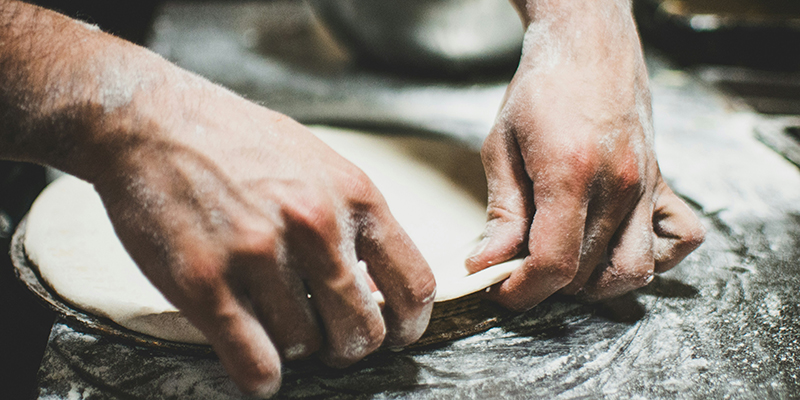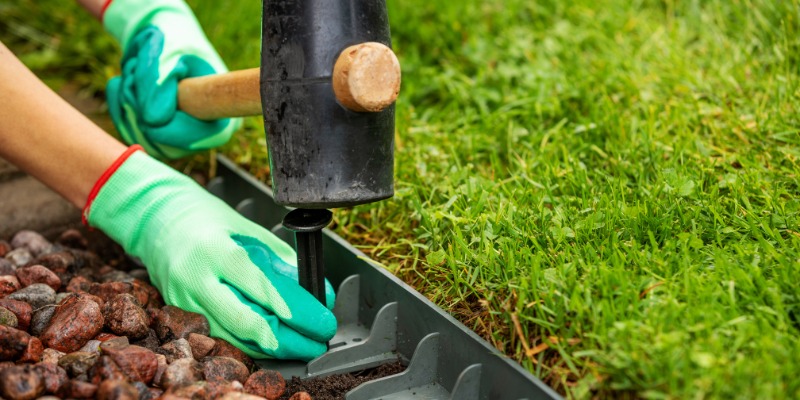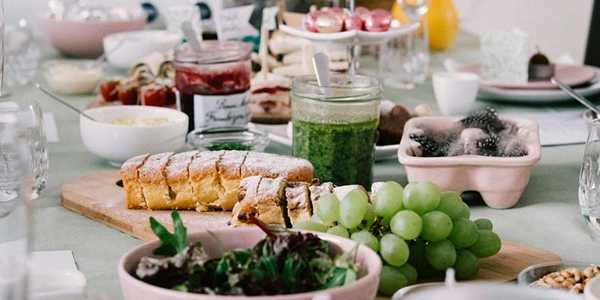How to Make Homemade Pizza Like a Pro?
Have you ever woken up on a Sunday morning with a surprisingly tasteful thought? I want to enjoy a pizza today! But not just any pizza—the kind you make on your own from scratch. Where the whole house smells like a bakery.
You are in the kitchen feeling excited to make homemade pizza. But things might not turn out as great as you thought it would.
Maybe your pizza crust turns out soggy. Maybe your toppings just aren't gelling together. Or maybe it's crispy but soft, thin yet not too thin, airy with not the right amount of chew. So, what does one do?
Been there, done that. With a few tweaks here and there, you can make a homemade pizza so good, you will forget about takeout pizza forever.
Once you crack the code, making homemade pizzas can be fun and tasty.

Perfecting the Dough
First up is the pizza dough.
This is the groundwork for your pizza. If you get this dough wrong, nothing else will be right.
Here’s a simple but good tip to remember. Use a kitchen scale to weigh your ingredients. This is especially important for the flour and water.
It ensures consistency and a perfectly balanced dough every time.
For the best recipe for homemade pizza, opt for using bread flour or pizza flour instead of all-purpose flour.
These flours have a higher protein content. This makes your dough more elastic, chewy, and easy to stretch. This feature is key for achieving that perfect homemade pizza crust.
Explore the Flavor Bomb with Cold Fermentation
Of the many secrets to getting great pizza at home, cold fermentation is right up there.
After you mix your dough, take it for a rest in the fridge for 24-72 hours. This slow fermentation develops deep flavour. It adds more character to your homemade pizza crust.
When you are ready to bake, simply bring the dough out of the fridge. Leave it to come to room temperature and start shaping it.
Believe me, this is the secret to the best homemade pizza recipe.
Stretch the Dough (Don’t Roll It)
When the time comes to stretch the dough, the fewer handfuls of actual dough you are touching, the better.
Having rested, the dough is going to be much easier to stretch.
Here is a pro tip: don't use a rolling pin.
Rolling the dough flattens the batter. It pushes out those beautiful air pockets that give your pizza a light, airy texture. So, instead, you should work the dough with your hands. It should be stretched out from the centre with gentle, pulling motions.
This will give that all-important feel and flavour to the crust of a true pizza.
High Heat and a Pizza Stone for Crispy Crust
Have you ever wondered why your homemade pizza does not have a perfectly crispy crust? It is probably because your oven is not hot enough.
To achieve the best results, crank your oven up. Make it as high as it will go. This should be ideally around 500°F (260°C).
Preheat a pizza stone. You can also use an upside-down baking sheet for at least 30 minutes. It will create an environment of high heat like that of a professional pizza oven. Subsequently, you will get a crispy, evenly cooked crust.

Don’t Overload on Toppings
When it comes to pizza toppings, it is just so tempting to overdo it. But remember the rule to follow is “less is more”. Too many toppings weigh down your pizza.
This can give you a soggy crust. So, instead, stick with a few good things.
Maybe you can use a light layer of tomato sauce. A little bit of fresh mozzarella and a few leaves of basil can equate to perfection.
Oftentimes, with a homemade pizza recipe, the least complicated is best.
Use Semolina to Prevent Sticking
One of the frustrations of homemade pizza is that it may get stuck on the surface. There is also ambiguity about how to slide the dough onto the baking surface without sticking.
Well, here's a simple trick. You should dust your pizza peel or work surface with a mix of semolina and flour.
Semolina works like little ball bearings. It helps the dough slide right off onto your pizza stone. It is a small detail, but a real lifesaver to avoid sticky situations!
Fresh Finishes for Extra Flavor
Now this is for some extra oomph. Try tossing fresh ingredients on the pizza after it has a chance to exit a hot oven.
A drizzling of good olive oil, a sprinkling of fresh herbs such as basil, or even some thinly sliced prosciutto hikes your homemade pizza to new heights.
These ingredients add an intense, fresh flavour and texture that will contrast nicely with the hot, crispy pizza.
One Last Advice - Pizza Is An Experience
At the end of the day, making a homemade pizza is all about having fun and enjoying yourself.
So, the underlying secret is not to stress about perfection. Making pizza is about more than just the result. It is the whole pizza experience that matters.
You can work around with different doughs, sauces, and toppings. Keep on experimenting until you find the right combination for your taste buds. The loveliness of making a homemade pizza is that you can make it exactly how you like it.
And hey, if one homemade pizza flops, there’s always the next line that you can try again.
So just go ahead and make that perfect slice today!




















